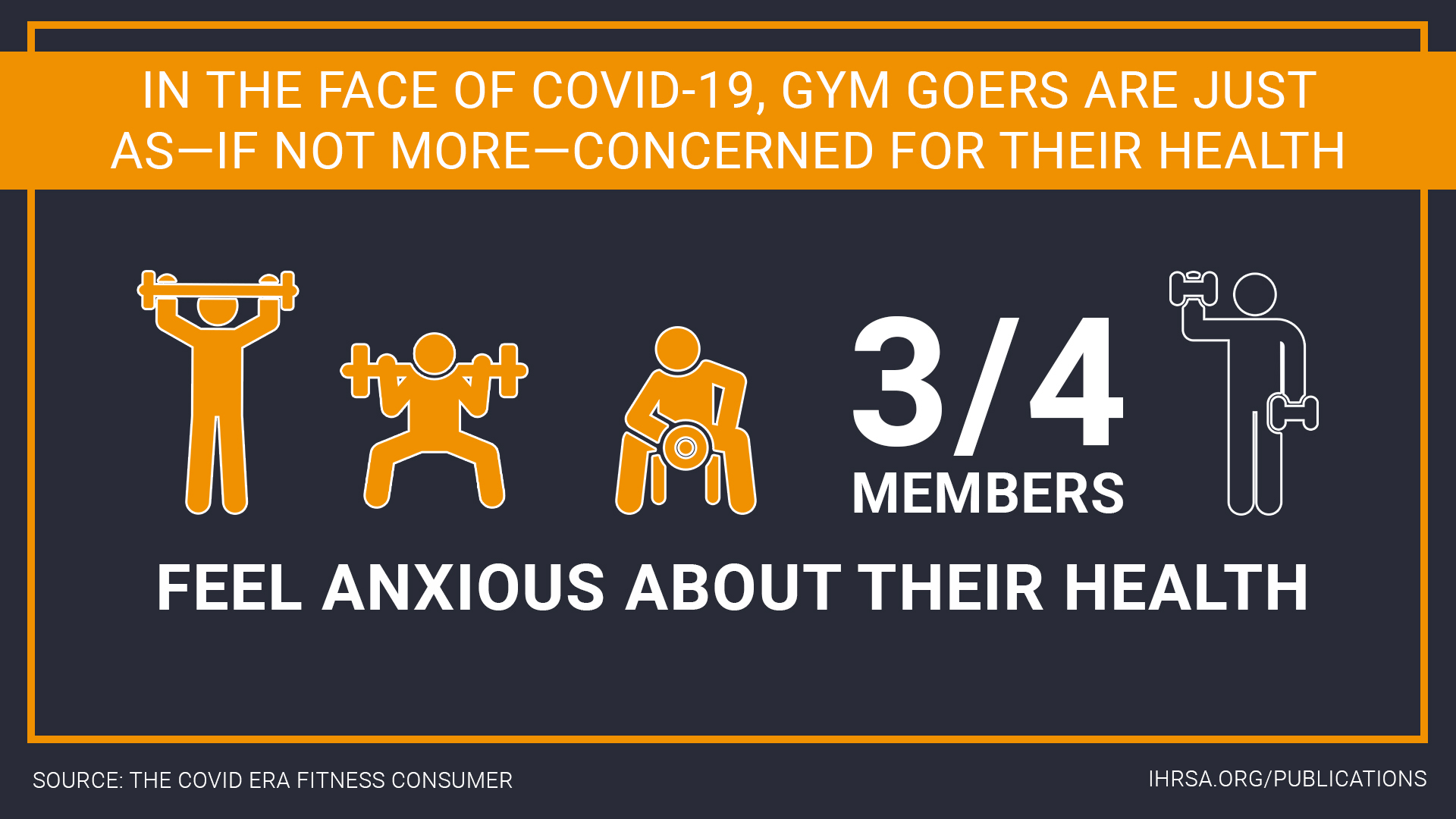Common Goals for Physical Activity Organizations
“The goal of bringing the Alliance together was to unite the physical activity community and coordinate in moving physical activity policy forward,” said Whitsel. “That's what's going to help us move the needle and make progress and increase physical activity and reduce sedentary behavior across the population.”
The path forward starts with five common goals among all the physical activity sectors:
- Motivate the population to be active and care about their health,
- Educate people on the importance of being active as well as the benefits of doing so,
- Provide knowledge and resources regarding proper exercise and overall health,
- Guide others and encourage them to meet physical activity and other health goals, and
- Advance physical activity as an essential piece of the healthcare system.
The PAA is a vital ally for the fitness industry, committed to create, support, and advocate policy and system changes to allow every American to lead physically active lifestyles. The Alliance produced a National Physical Activity Plan—that involved hundreds of professionals, researchers, and leaders from public and private organizations—where the ultimate purpose is to improve health, prevent disease and disability, and enhance the quality of life. Even with all its effort and workforce, the PAA needs—and deserves—reinforcement from the broader fitness industry.
“There are so many important initiatives that are happening across the physical activity space,” says Whitsel, “but if we can bring everybody together and coordinate our work, it's going to make us even more powerful.”
Following the November election, the PAA took the opportunity to initiate contact with the incoming Biden administration. The Alliance sent a letter to the administration with a primary objective to start a conversation to prioritize physical activity promotion and physical fitness for all people living in the U.S.
One Letter Can Open A World of Opportunity
“[The] transition period is always such an important time to put your issues as front and center as you can with the transition team,” says Whitsel. “Obviously, COVID is first and foremost [in terms of priorities] for the new administration, but physical activity should be part of that solution.”
As we witnessed in 2020—with government-mandated closures of health and fitness clubs based on opinion rather than fact—there’s a disconnect between the fitness industry, lawmakers, and public health. In a pandemic, to keep everyone on the same page and provide access to vital resources—like gyms and health clubs—Whitsel believes it’s necessary to supply consistent fact-, evidence-, and science-based public health guidance.


